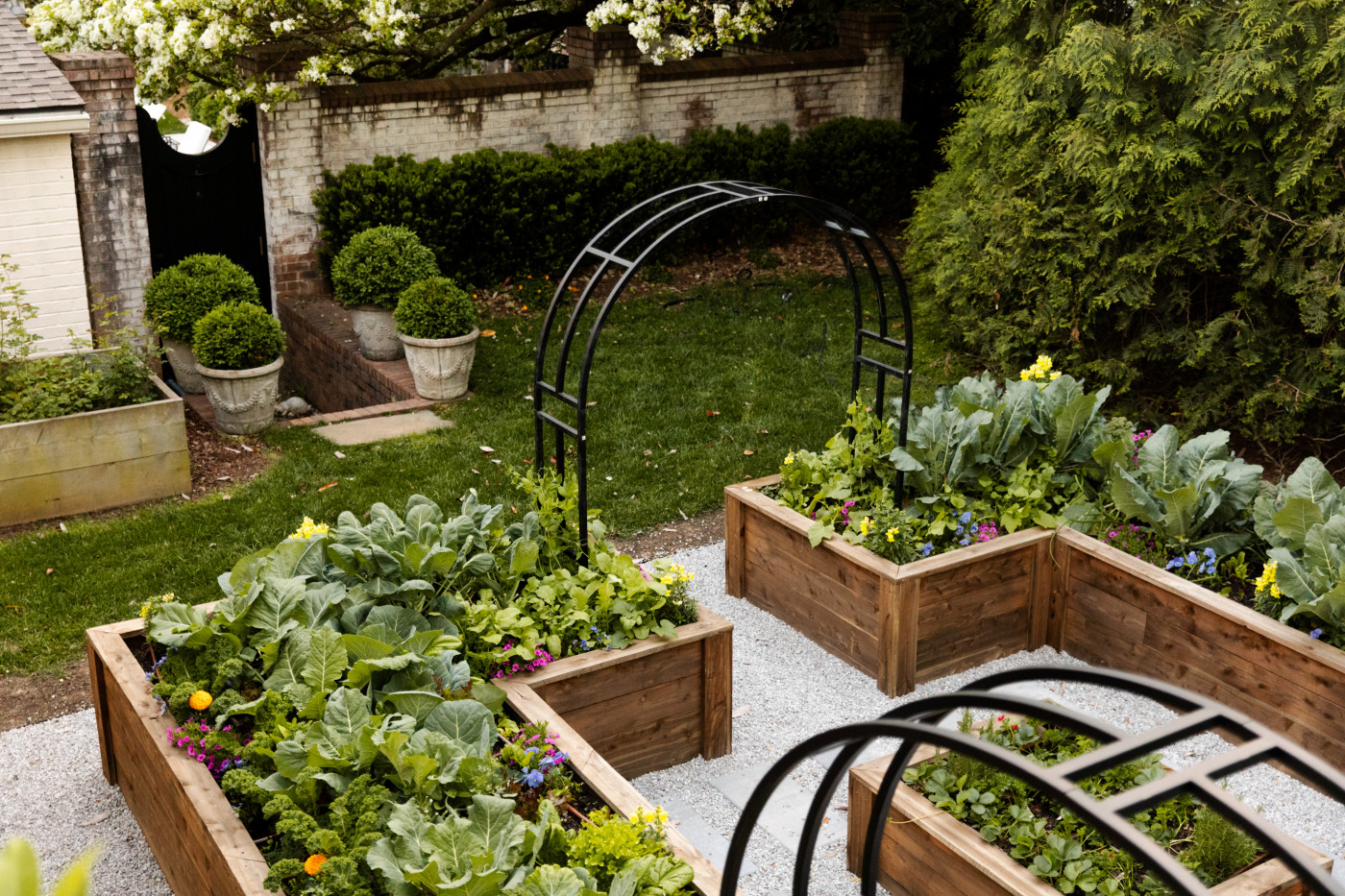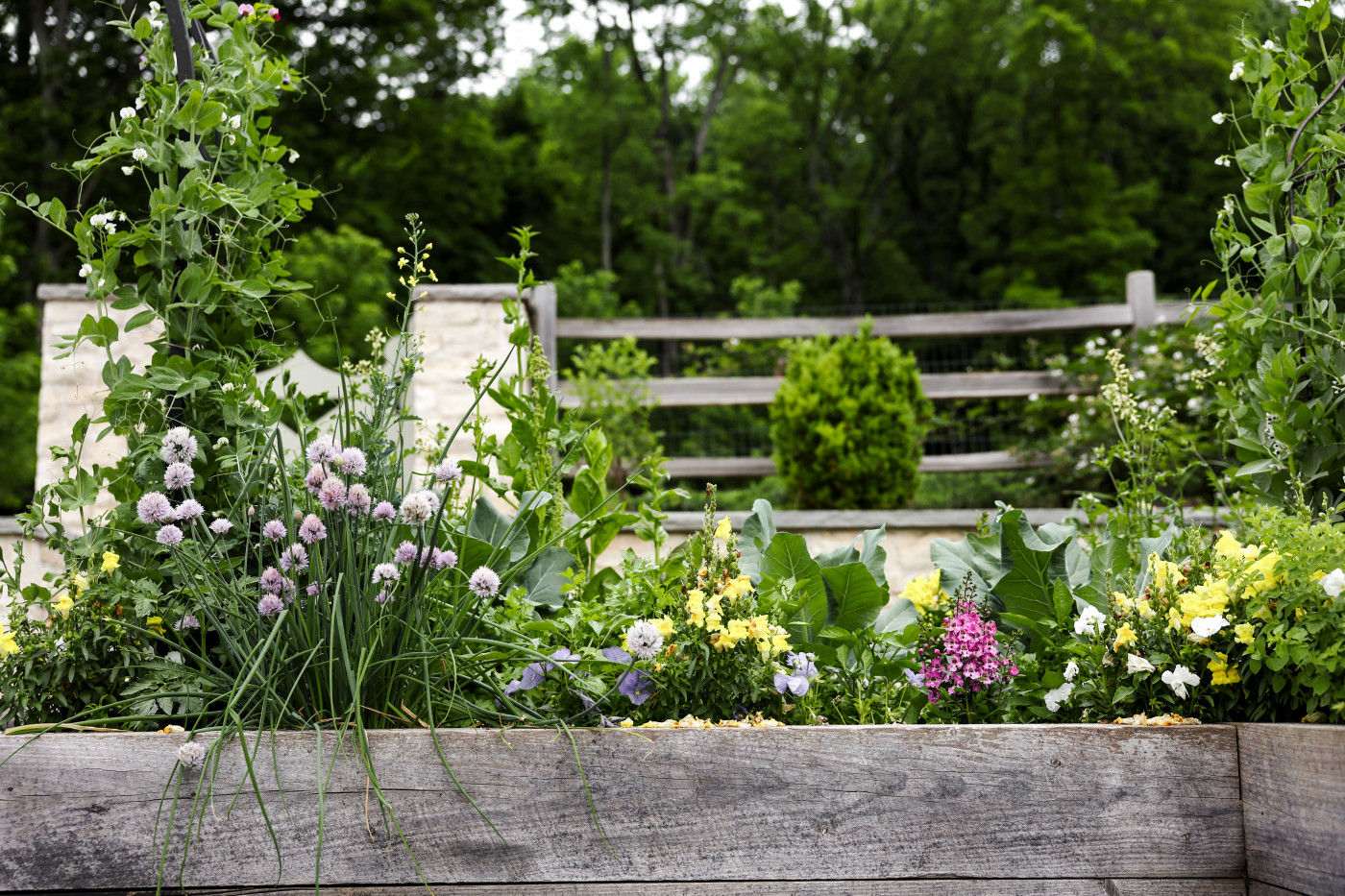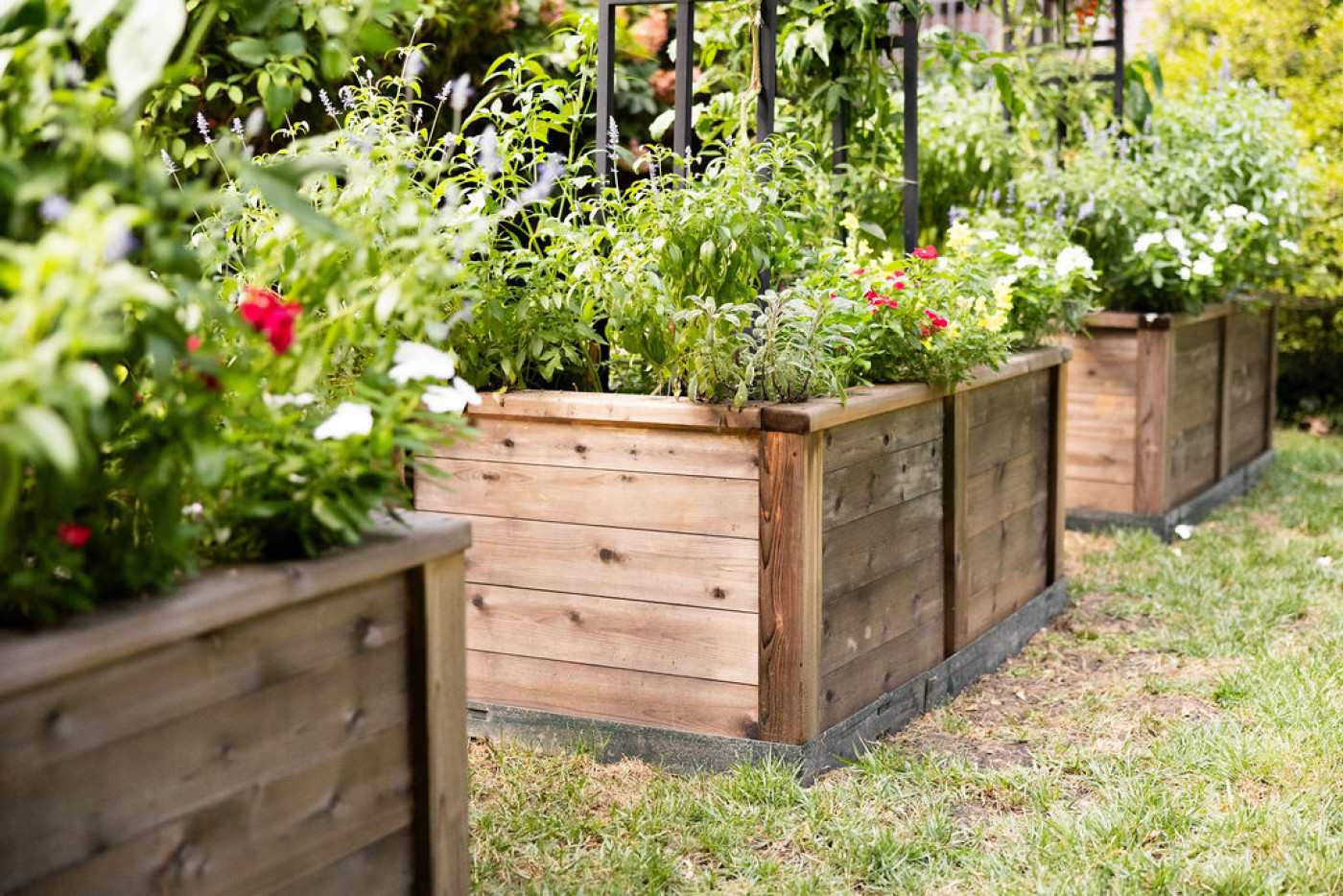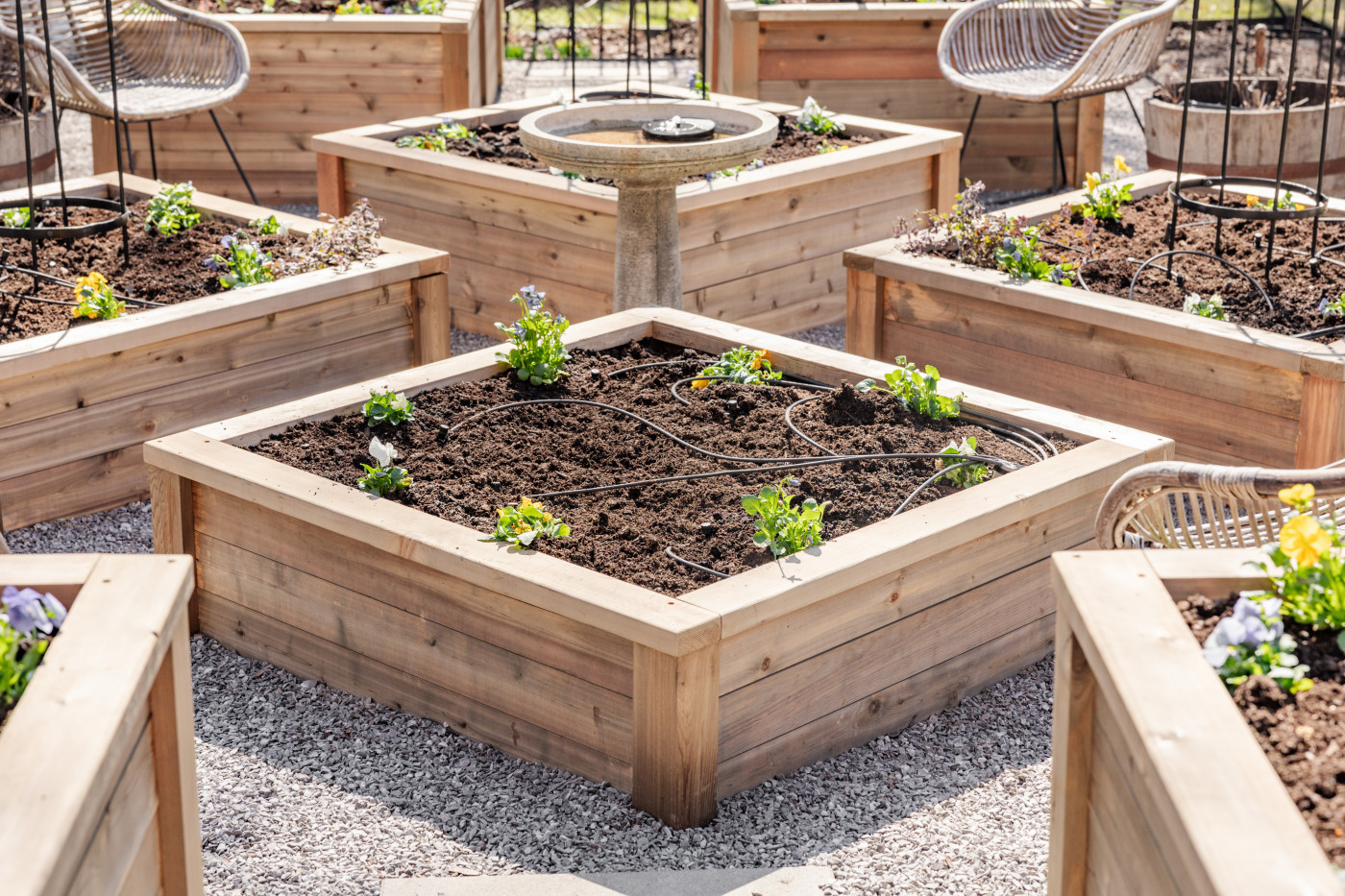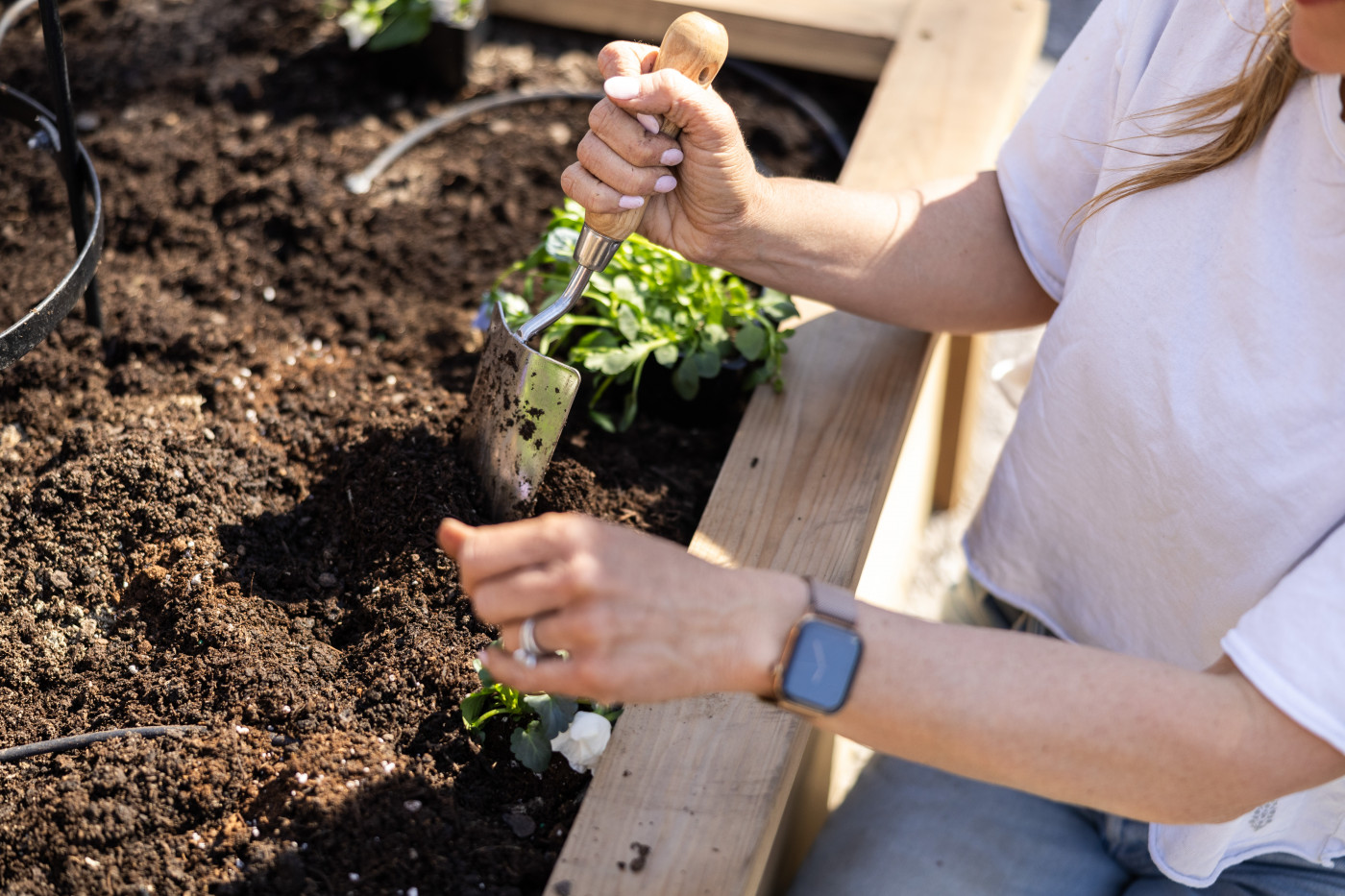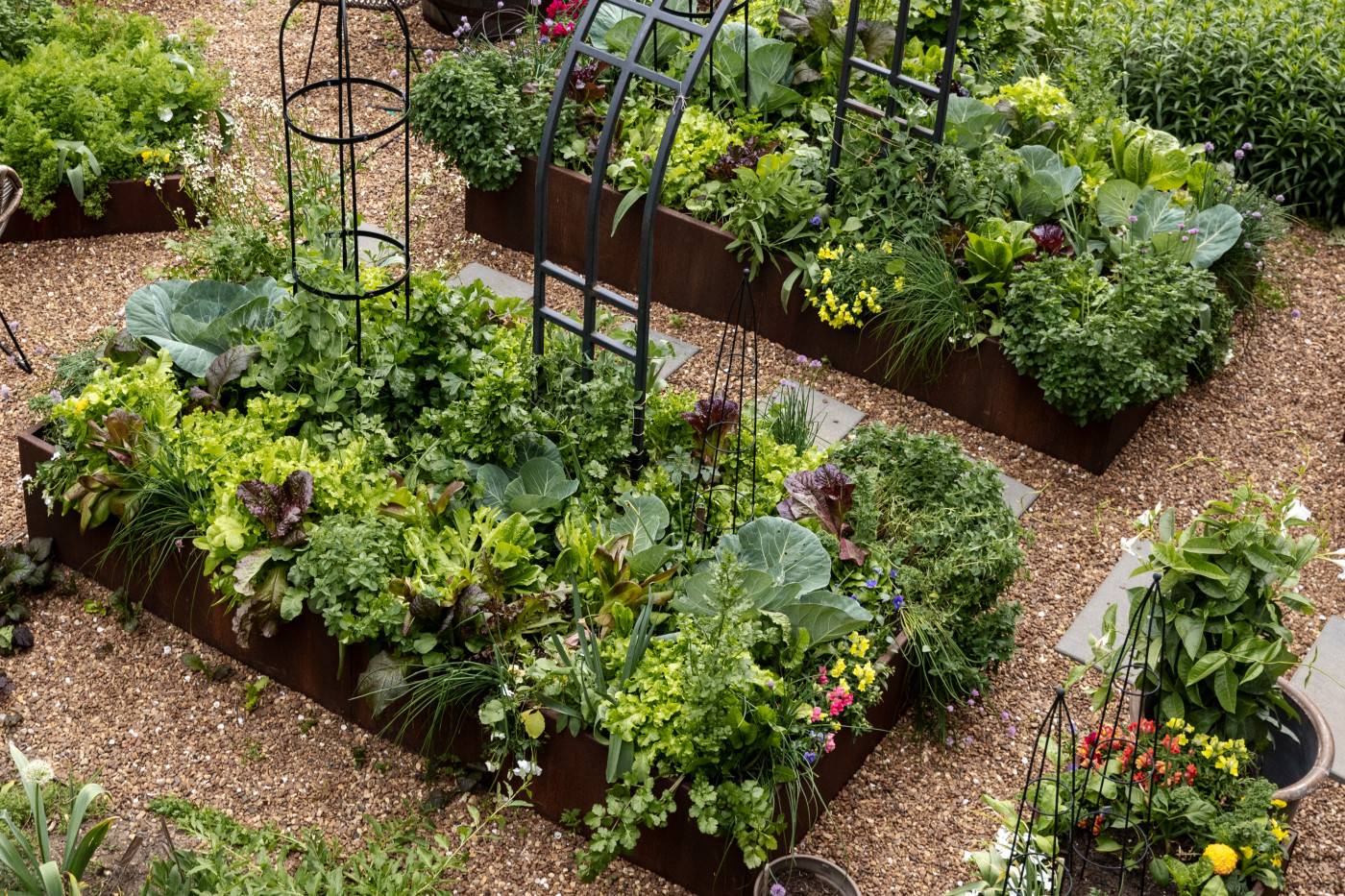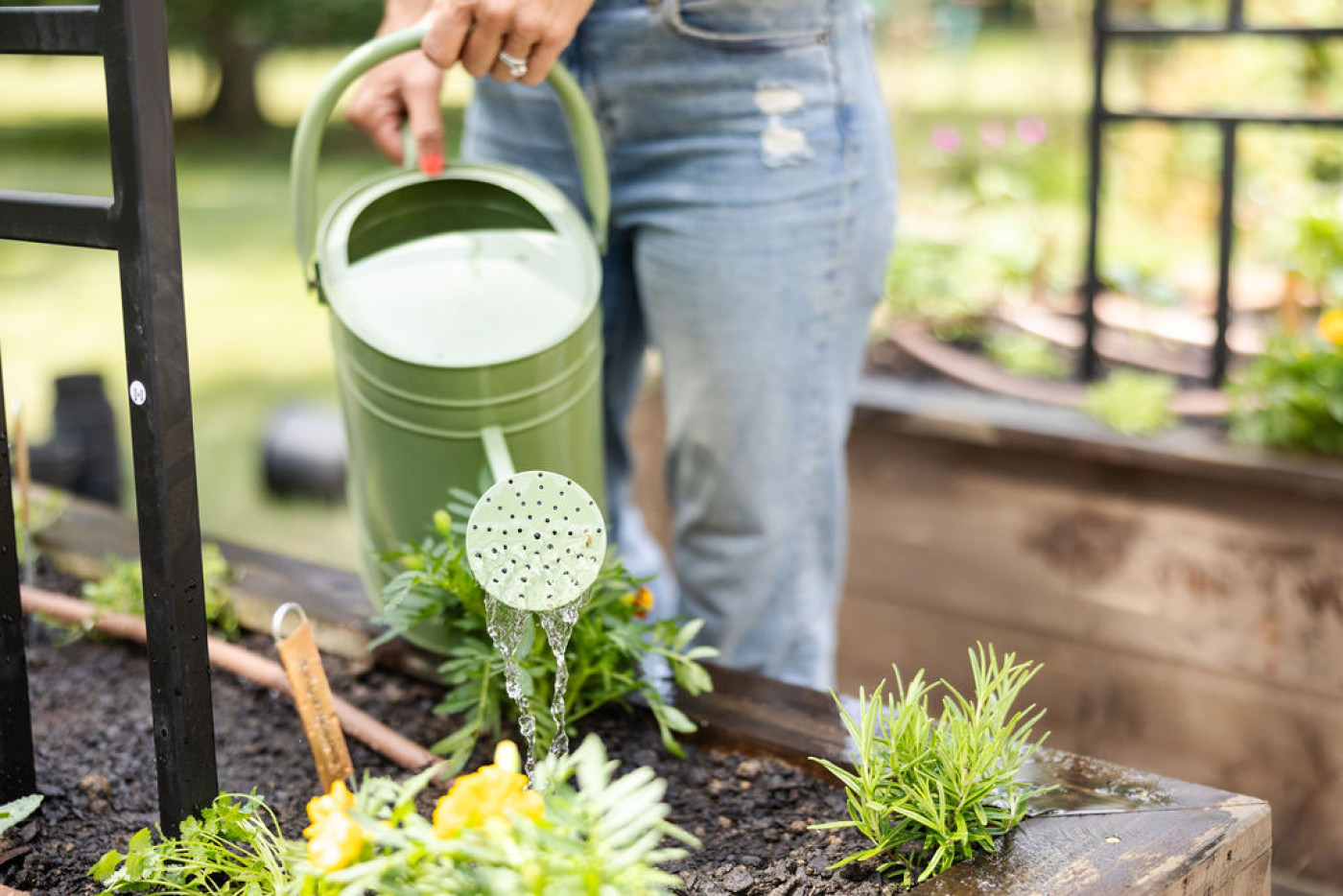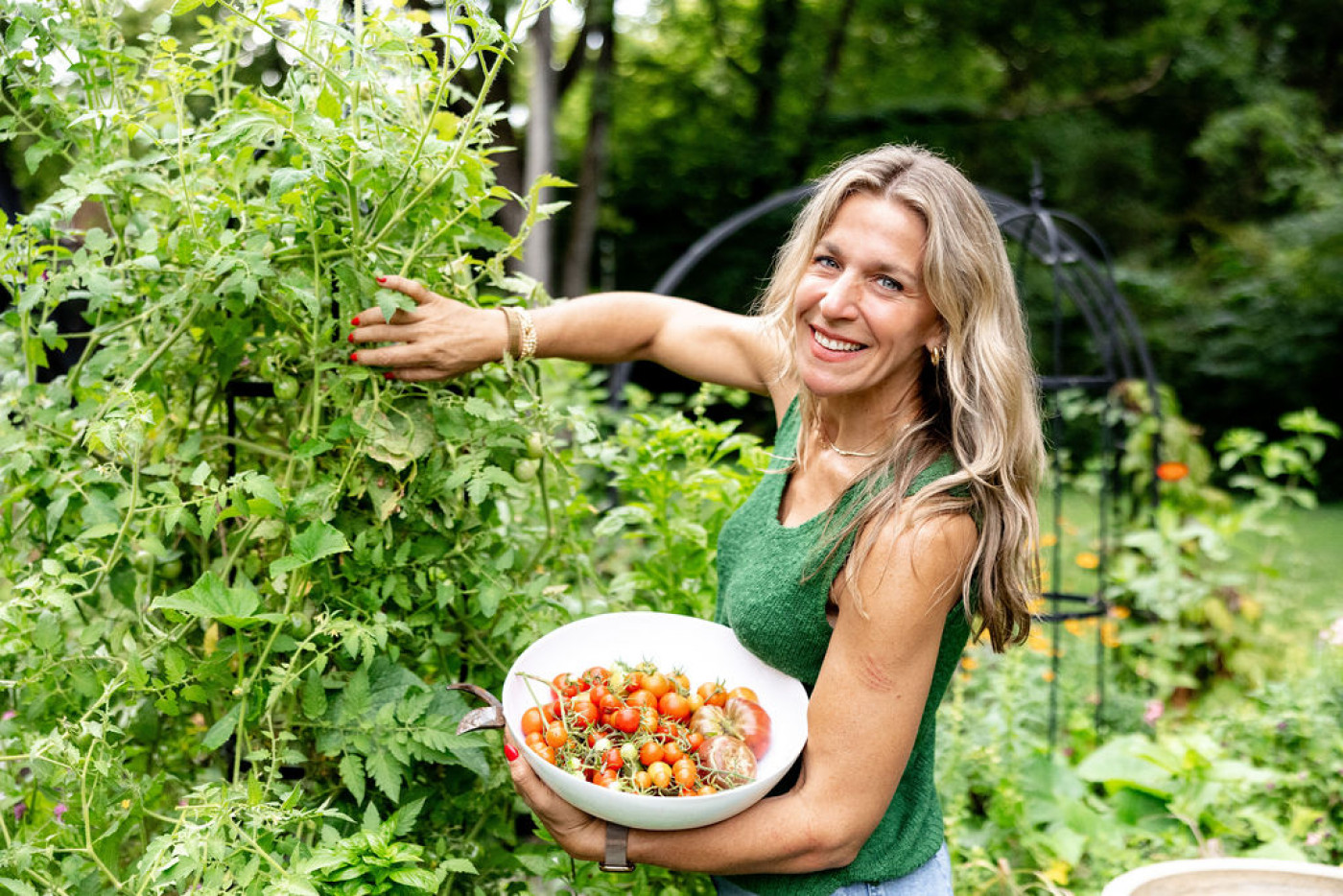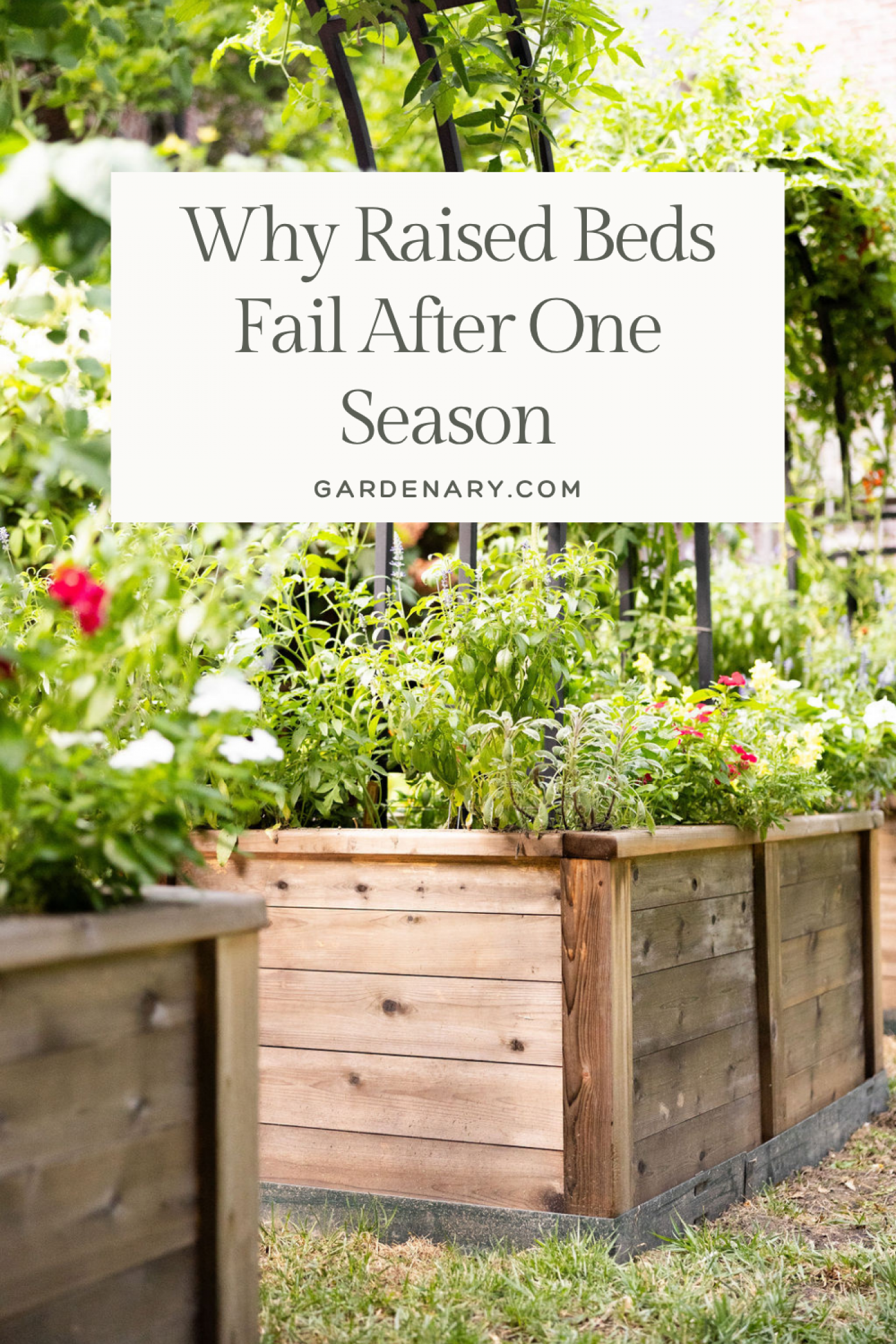You finally did it.
You built a raised garden bed, filled it with soil, planted your seeds, and envisioned a harvest so abundant you’d never need to buy herbs or salad greens again.
But now, your garden bed feels more like a wooden box of confusion.
Weeds are winning, bugs are everywhere, and you’re asking yourself questions like:
- “Why are my plants not growing in my raised bed?”
- “Should I be watering this every day?”
- “Why is nothing in my garden growing at all?”
- “Is this bed dead? Can I even bring it back to life?”
First of all, take a deep breath. You’re not alone.
These are very common problems, and they have nothing to do with your ability to grow. Most raised beds struggle, not because gardeners lack effort or love, but because they’re missing a solid foundation and a repeatable, natural system.
Let’s look at where things often go wrong—and how to finally turn things around.


Your 2026 Garden, Planned for Success
Know exactly what to plant and when in 2026. Get personalized dates for your location and access to the Garden Game Plan Workshop—so you can plant with confidence and harvest in every season.
At a Glance
- Start with the right setup: Choose a sunny, flat location and build raised beds that are comfortable to reach and long-lasting.
- Use quality soil and plant with a plan: Include a weed barrier, fill with living soil, and plant crops suited to your space and season.
- Create a space you enjoy: Design your garden to be beautiful, low-maintenance, and a joy to tend all season long.
Mistake #1: Choosing a Poor Location
Even the best-designed garden won’t produce if it’s in the wrong spot. Raised beds tucked into shady corners, placed under tree roots, or set on a slope without leveling are set up to struggle.
What to do instead:
Pick a location that gets at least 6 to 8 hours of full sun per day. Make sure it’s relatively flat (or read our guide for beds on a slope), near a water source, and away from invasive roots. The right location can make or break your garden’s success.
Mistake #2: Building Beds That Aren’t Functional
A lot of raised beds look cute on Pinterest, but they’re not always practical in real life. Beds that are too wide make it hard to reach the center without stepping in them. Beds that are too narrow limit what you can plant. Beds that are too short can lead to poor drainage or a sore back after a long afternoon of gardening.
Don't make these mistakes when you are building your raised beds.
What to do instead:
Stick to these general guidelines: no wider than 5 feet, at least 6 to 18 inches tall (more if you want to reduce bending), and leave enough space between beds to walk or roll a wheelbarrow through comfortably. The easier it is to tend your garden, the more you’ll enjoy it, and the better your plants will grow.
Mistake #3: Skimping on Materials
It’s tempting to go the cheapest route when building your garden, but the materials you use matter more than you think. Soft woods rot quickly. Thin boards bow and break. And when your bed falls apart, you’ll end up spending more time and money rebuilding than if you’d used better materials to begin with.
What to do instead:
Invest in the best materials you can afford at the time: cedar, steel, or stone. A well-built raised bed should last for years, not just one season.
Mistake #4: Filling It With the Wrong Stuff
It matters what you put in your raised bed, and a lot of gardeners don’t know that until it’s too late.
What not to fill a raised garden bed with? Anything heavy, compacted, or lifeless, like cheap topsoil or bark mulch. These materials don’t provide the drainage, nutrients, or microbial life that your plants need.
And here’s a step too many gardeners skip: don’t forget the weed barrier at the bottom of your bed. Laying down a thick layer of cardboard or natural weed cloth helps block aggressive weeds from creeping up into your bed from below, while still allowing water to drain through.
What to do instead:
Fill your bed with living, organic soil that’s rich with compost and structure. Think of it like creating a nourishing bed for your plants—not just a place to put them.
Mistake #5: Planting Without a Seasonal Plan
Ever planted tomatoes in early spring and watched them shiver in the cold? Or stuffed a full seed packet of lettuce in one corner, only to end up with nothing but tangles and bolting leaves?
Why is nothing in my garden growing? Most of the time, it’s a mismatch between what you planted and when you planted it.
What to do instead:
Learn your planting seasons and give each crop its own space to shine. Raised beds do best when planted intensively but intentionally—like a beautiful, productive puzzle that shifts with the weather.
Join the Kitchen Garden Club
Get four beautifully printed seasonal planners and access to our expert-led Gardenary community. Together, they guide you step-by-step—so you always know what to plant, tend, and harvest for a thriving garden year-round.

Mistake #6: Inconsistent Watering
“Should raised beds be watered every day?”
Sometimes, yes—but not always. Raised beds drain faster than traditional gardens, which is great for root health, but it also means they dry out quickly, especially in hot weather.
Too much water can suffocate roots. Too little, and plants stress out—both scenarios lead to stunted growth or total garden flop.
What to do instead:
Water deeply when the soil is dry two inches down. During peak heat, that might be daily. In cooler or rainy weeks, every few days is plenty.
Learn the easy way to reduce the cost of watering your garden right here.
Mistake #7: Garden Burnout
You start strong, but by summer everything feels out of control. Leaves are yellowing. Pests are throwing a party. You feel behind and unsure what to do next.
This is the season when most gardeners give up, and it’s completely understandable.
What to do instead:
Design your garden to work with your schedule and lifestyle. When you set it up properly from the start, your main job becomes harvesting—not fixing, watering endlessly, or Googling symptoms every weekend.


Plan Your Cool Season Garden
The Cool Season Planner makes fall and winter gardening simple. With daily tips, a calendar, habit tracker, and seasonal checklists, you'll keep growing strong—even as the temps dip.
Mistake #8: Forgetting That Gardening Should Feel Good
Gardening shouldn’t feel like a chore or a mystery. If you’re exhausted, overwhelmed, or just plain sad every time you look at your bed, something’s missing.
What to do instead:
Shift your mindset. Your raised bed doesn’t have to produce everything—start with what’s fun. What do you love to eat? What plants bring you joy? Gardening should be a source of nourishment—for your body, yes, but also for your spirit.
Choose plants that excite you. Make your garden a place that invites you in, not one that makes you feel behind. When your garden brings you peace, you’ll naturally want to spend more time there, and that’s when the magic really happens.


Your 2026 Garden, Planned for Success
Know exactly what to plant and when in 2026. Get personalized dates for your location and access to the Garden Game Plan Workshop—so you can plant with confidence and harvest in every season.
It’s Not You. You’re Not a Bad Gardener.
If your raised bed has ever felt like a failure, or if you’ve never even started because it all seemed too complicated, please hear this:
You’re not doing it wrong. You just haven’t been shown the right way.
Gardening is supposed to be joyful. It’s supposed to be grounding, nourishing, and full of beauty. And when you have the right guidance to set up your garden the right way from the beginning, everything changes.
That’s why I created a course to walk you through every step: designing, building, planting, and growing your own raised bed vegetable garden the natural, beautiful, Gardenary way.
If you're ready to finally grow a garden that works, and feels good, I’d love to invite you in.
Learn more about the Kitchen Garden Academy here. Let’s turn your garden into your favorite place to be.

